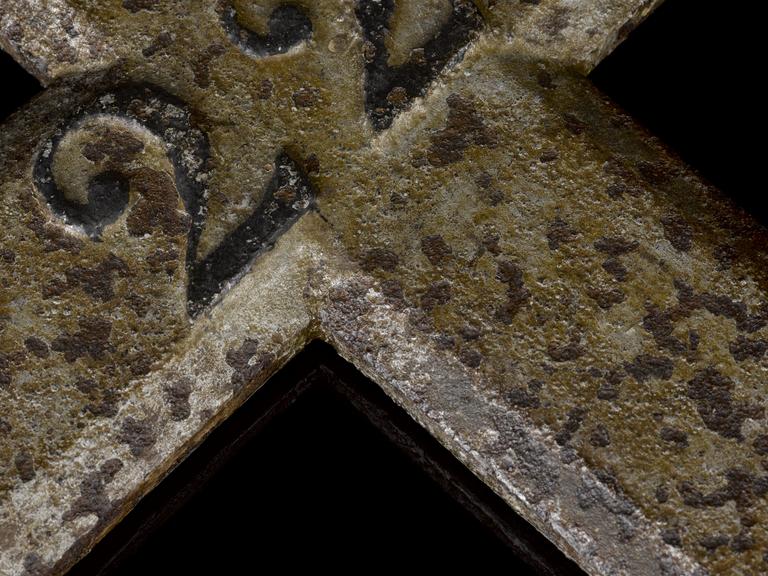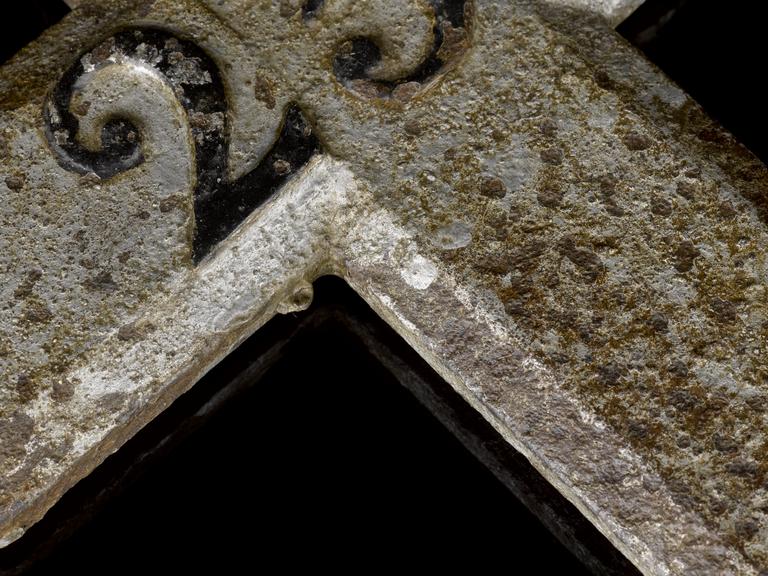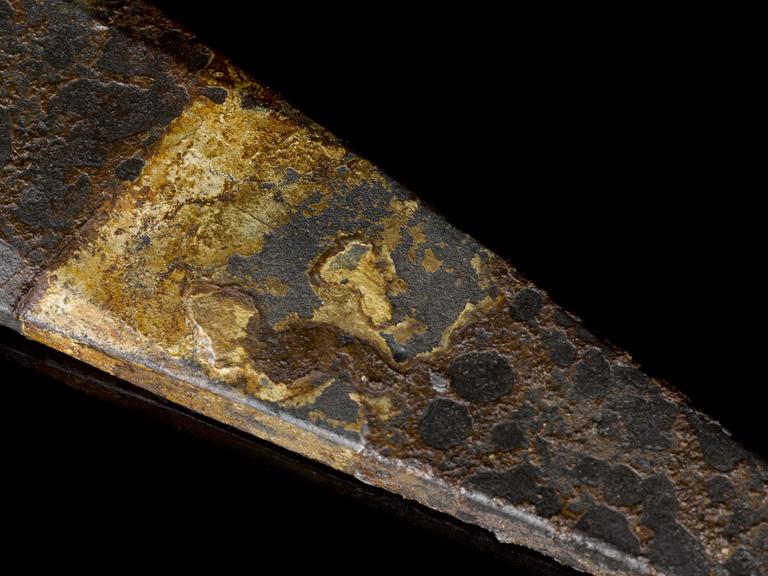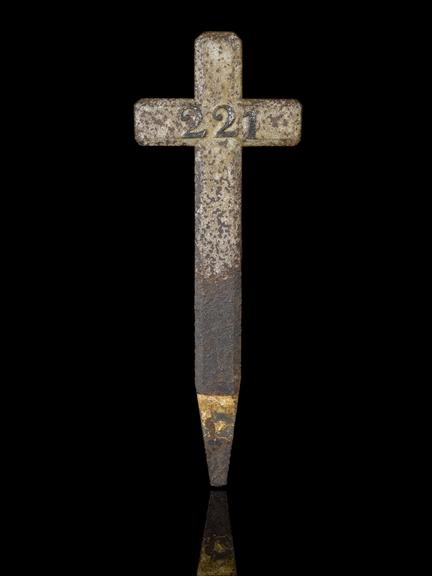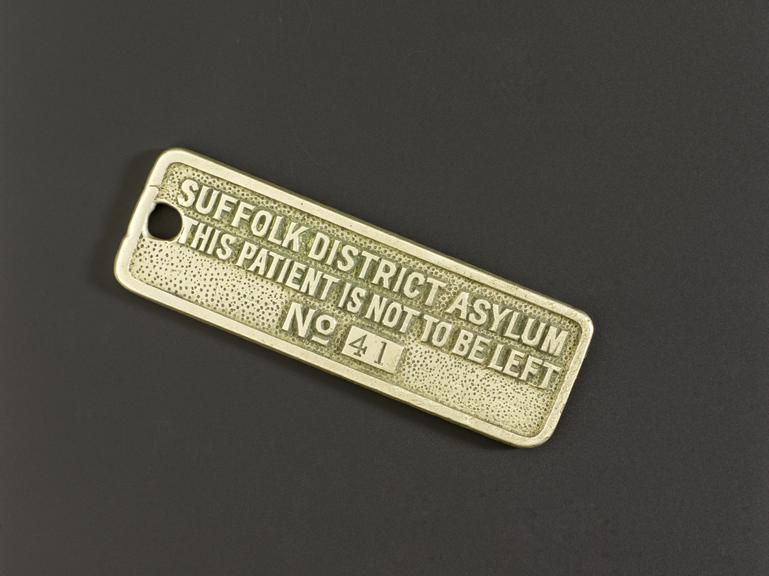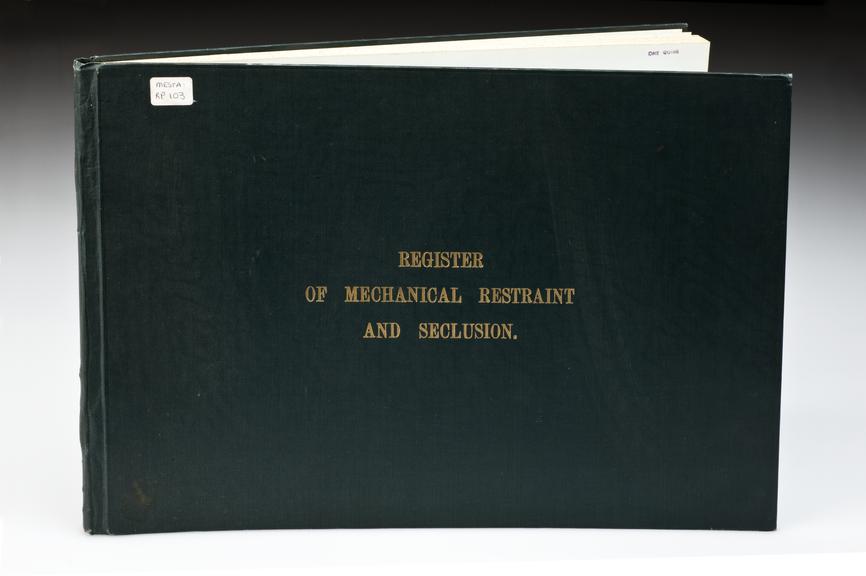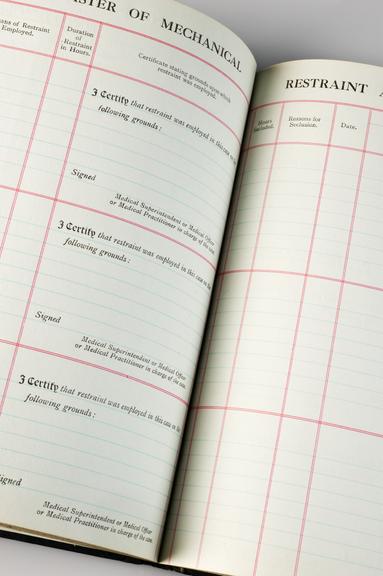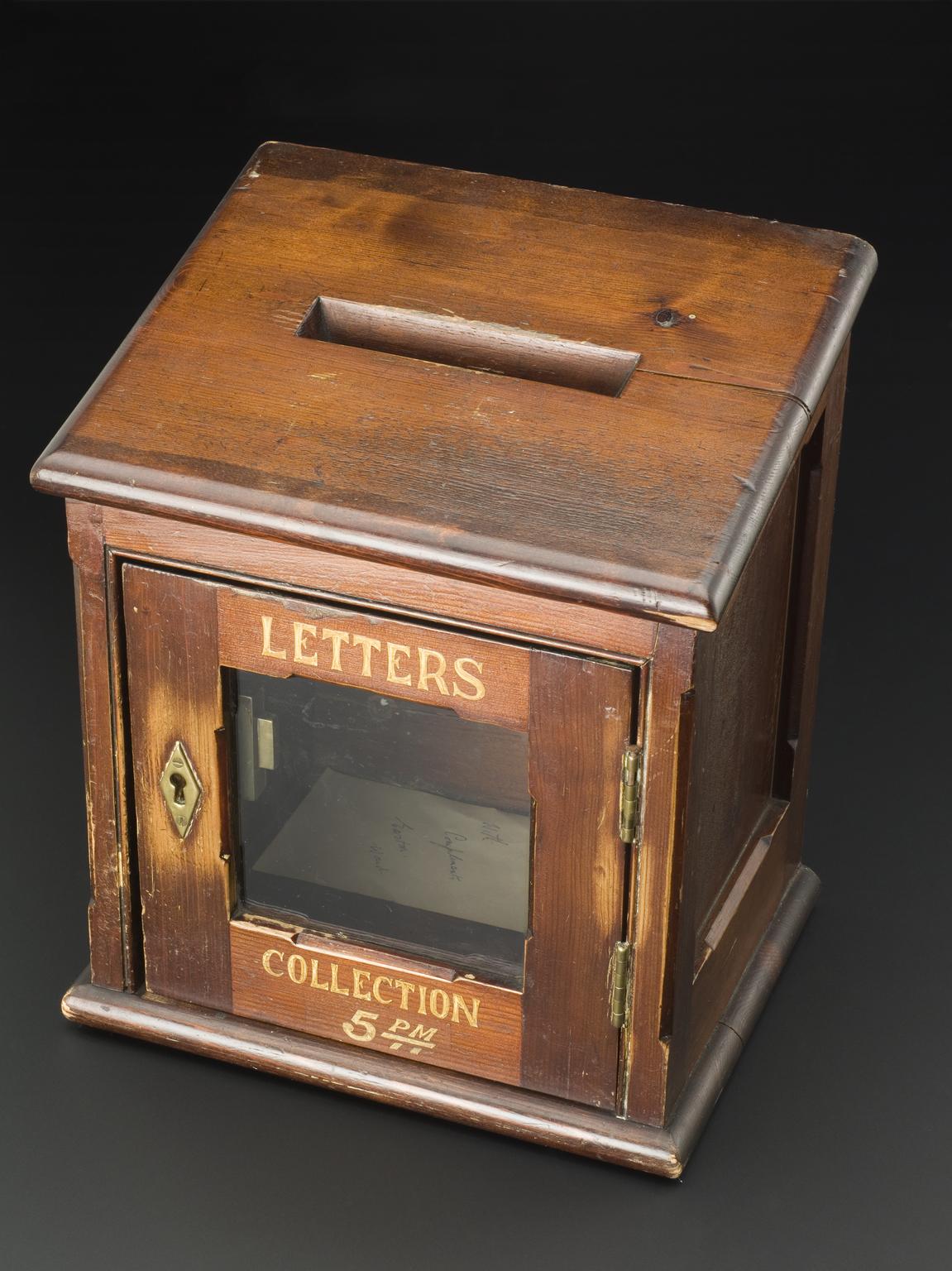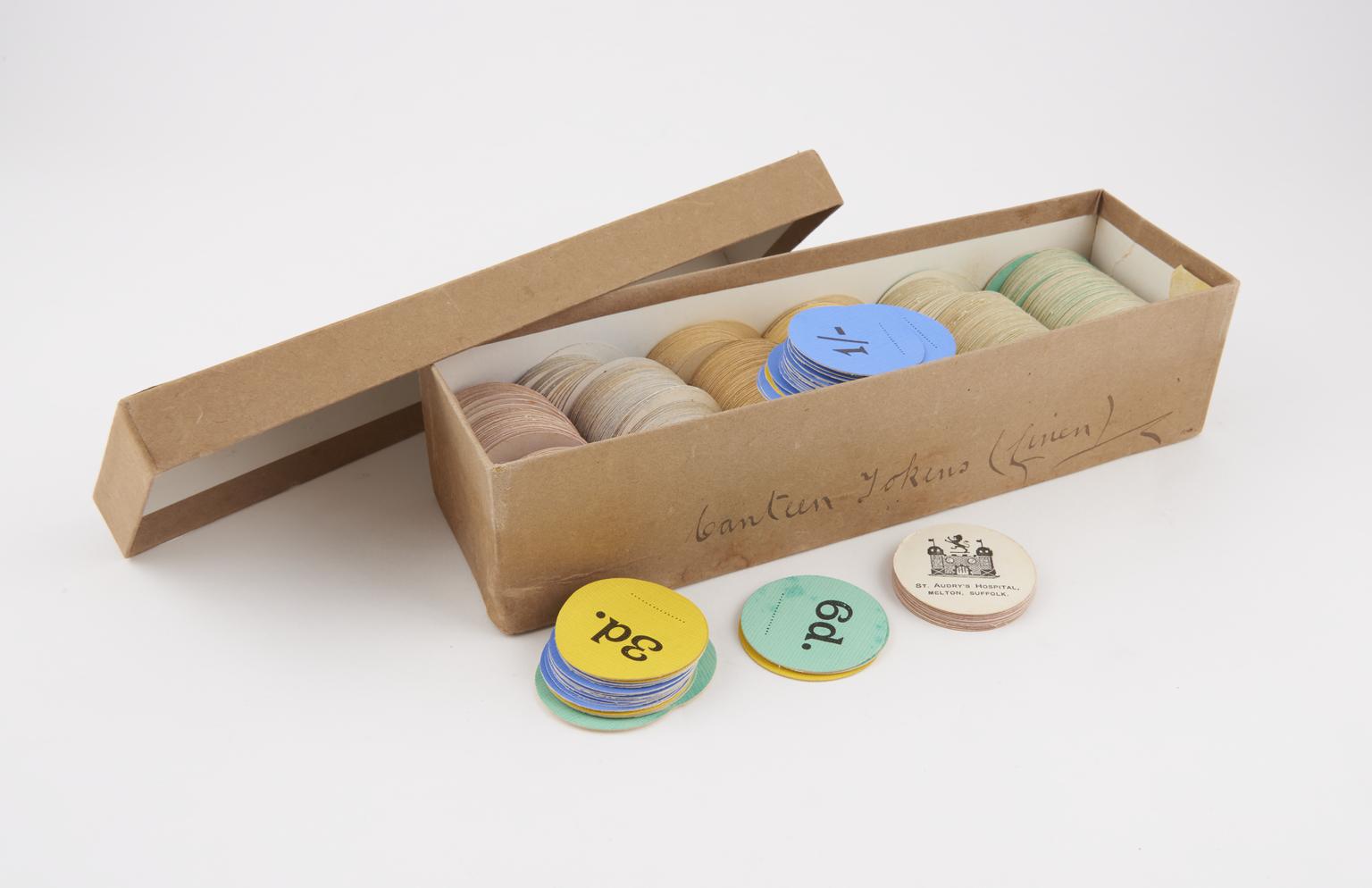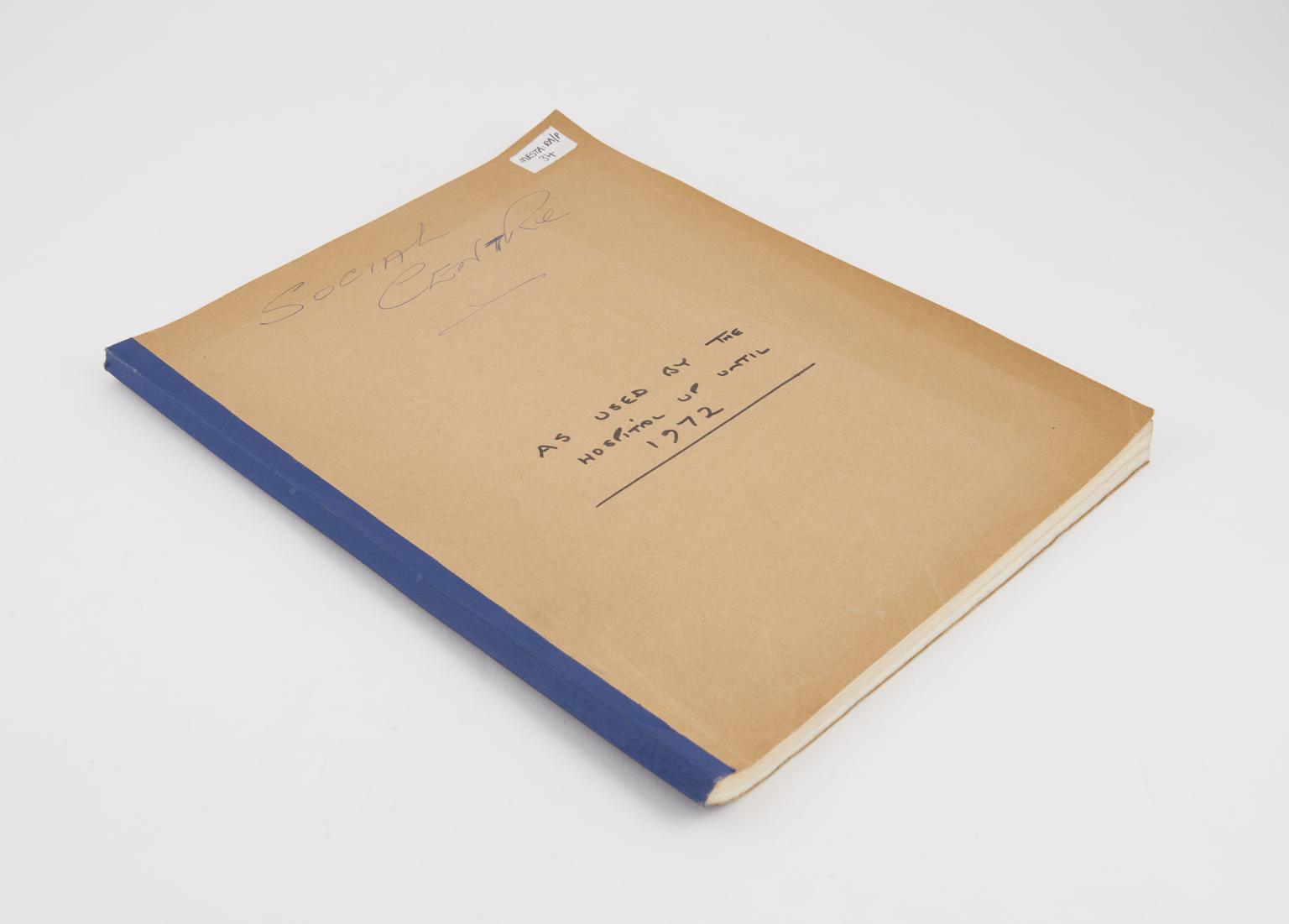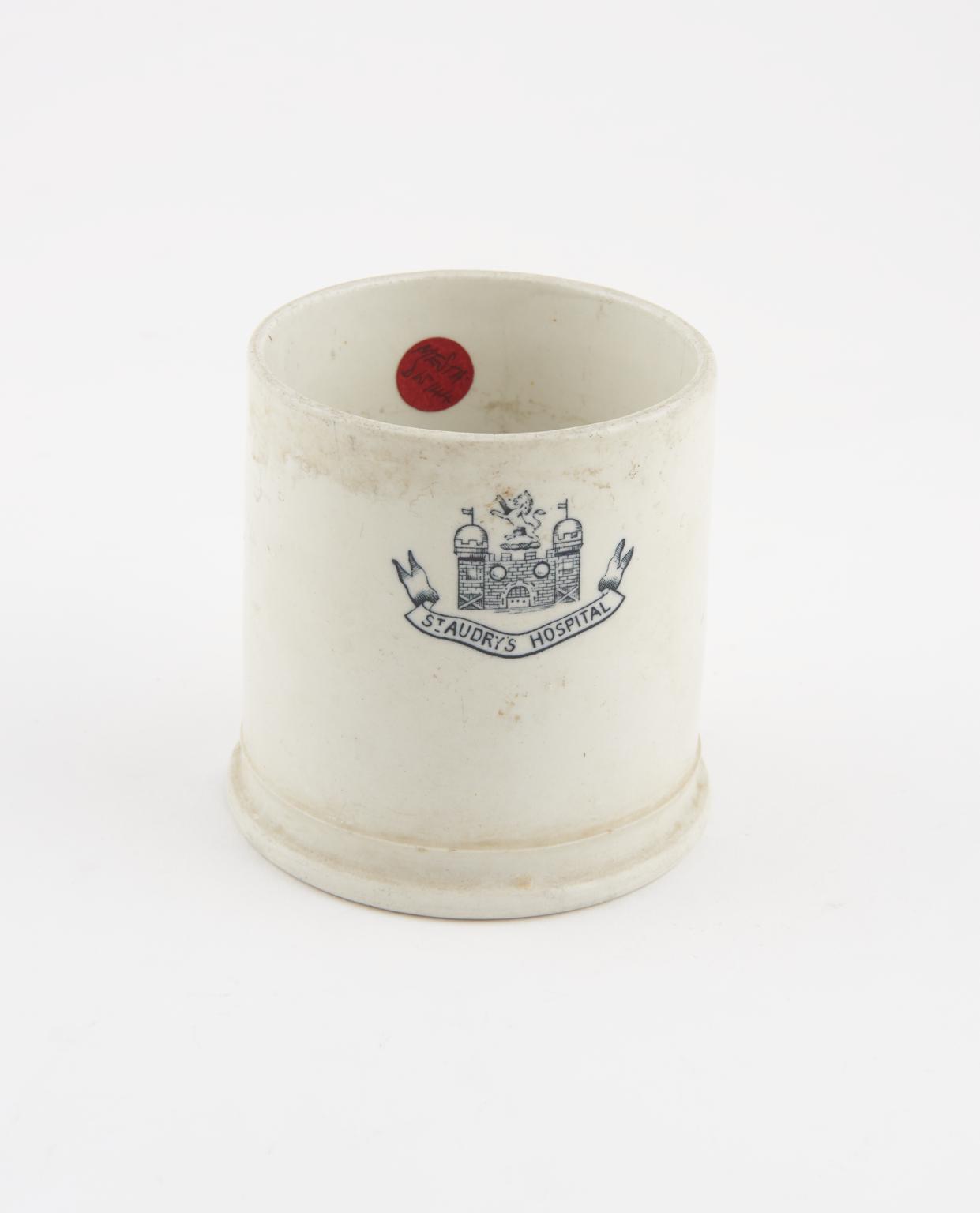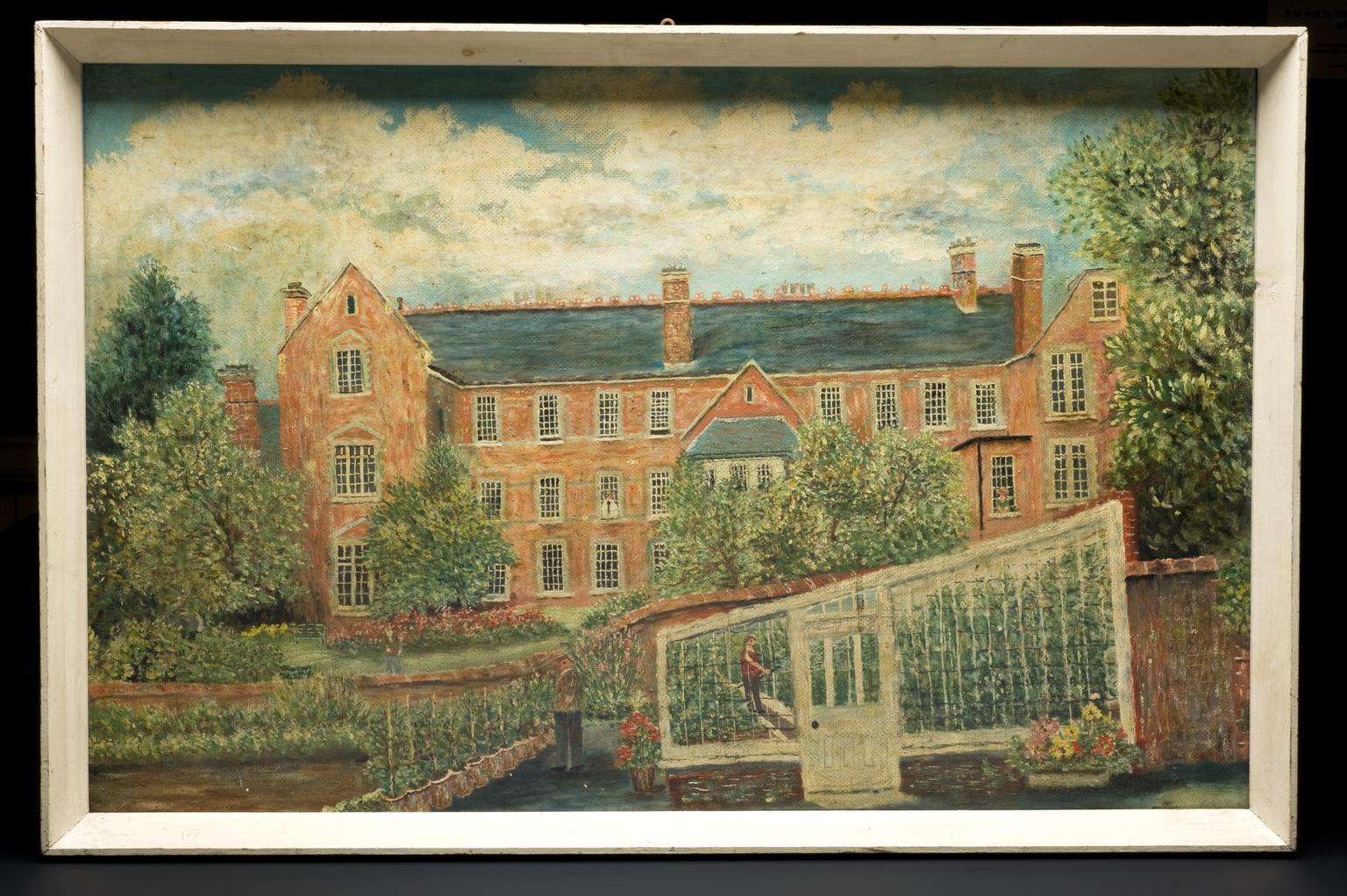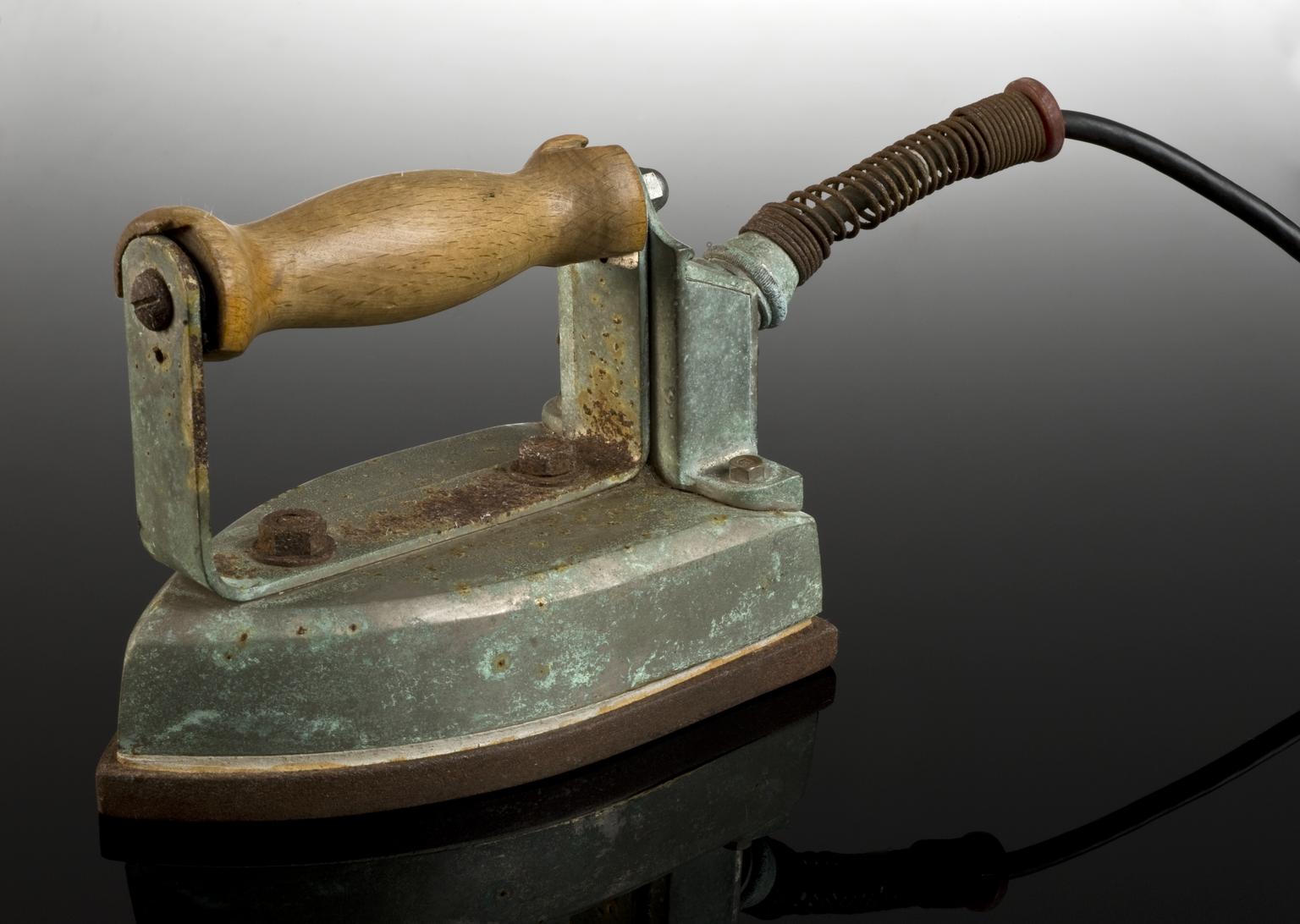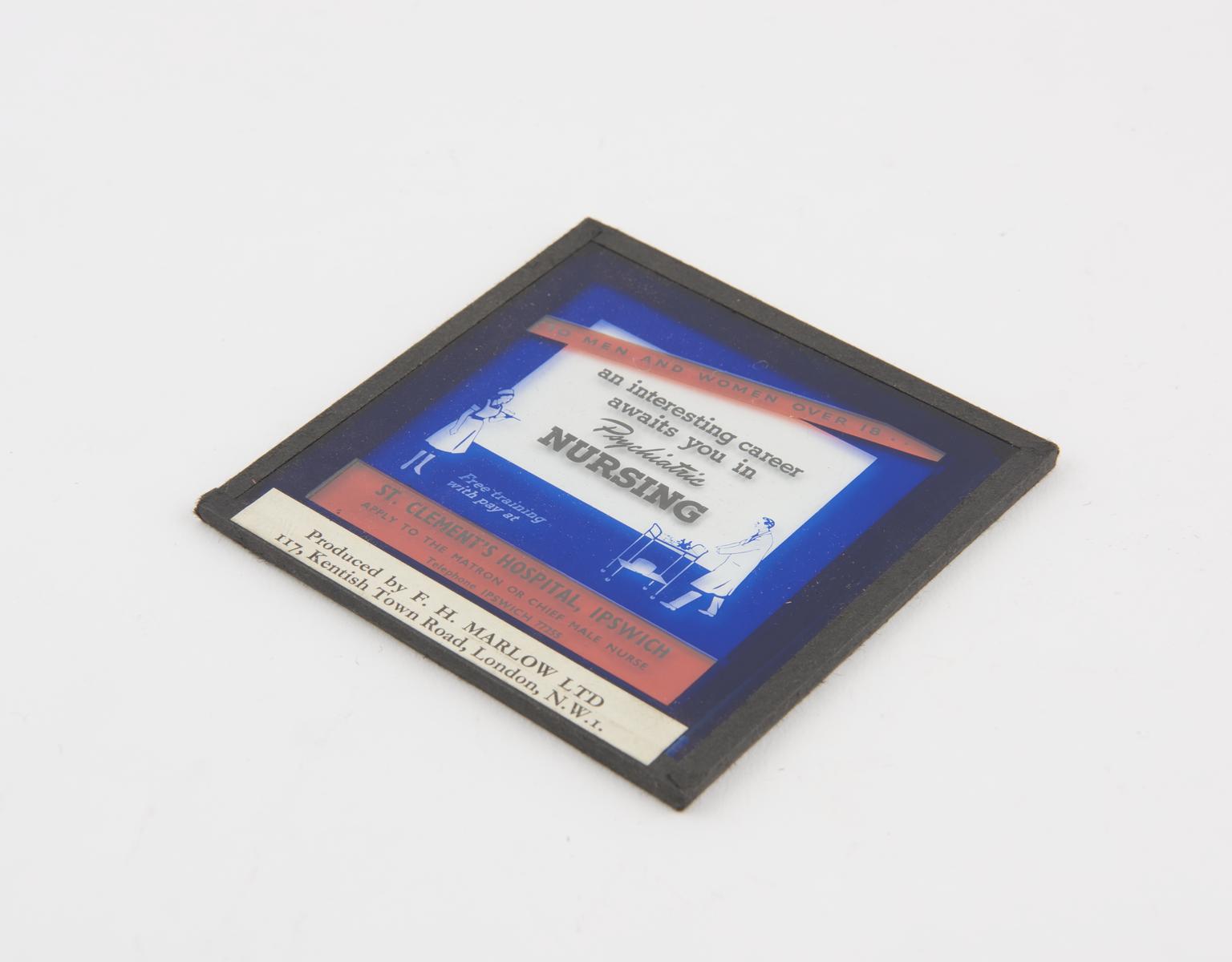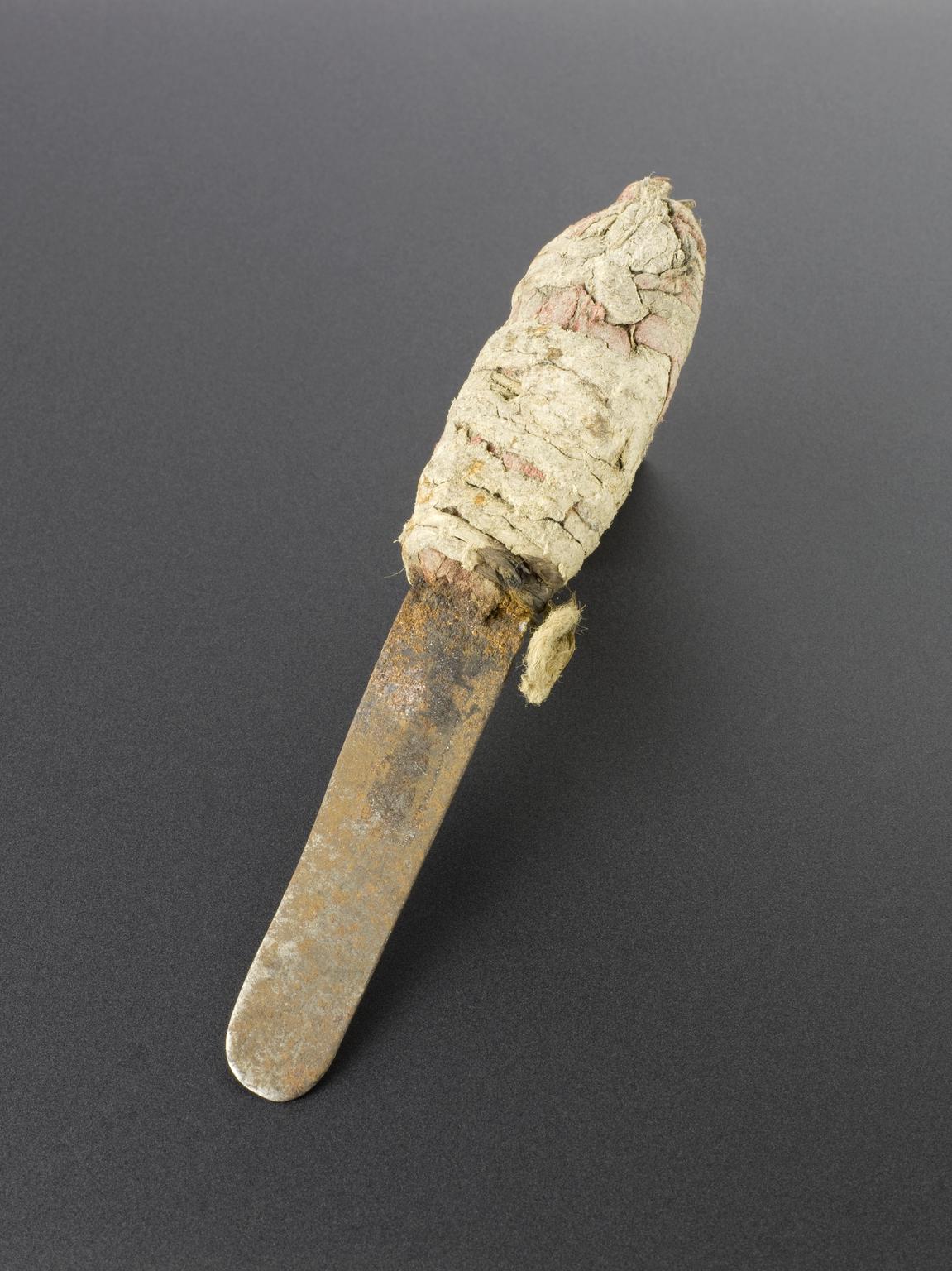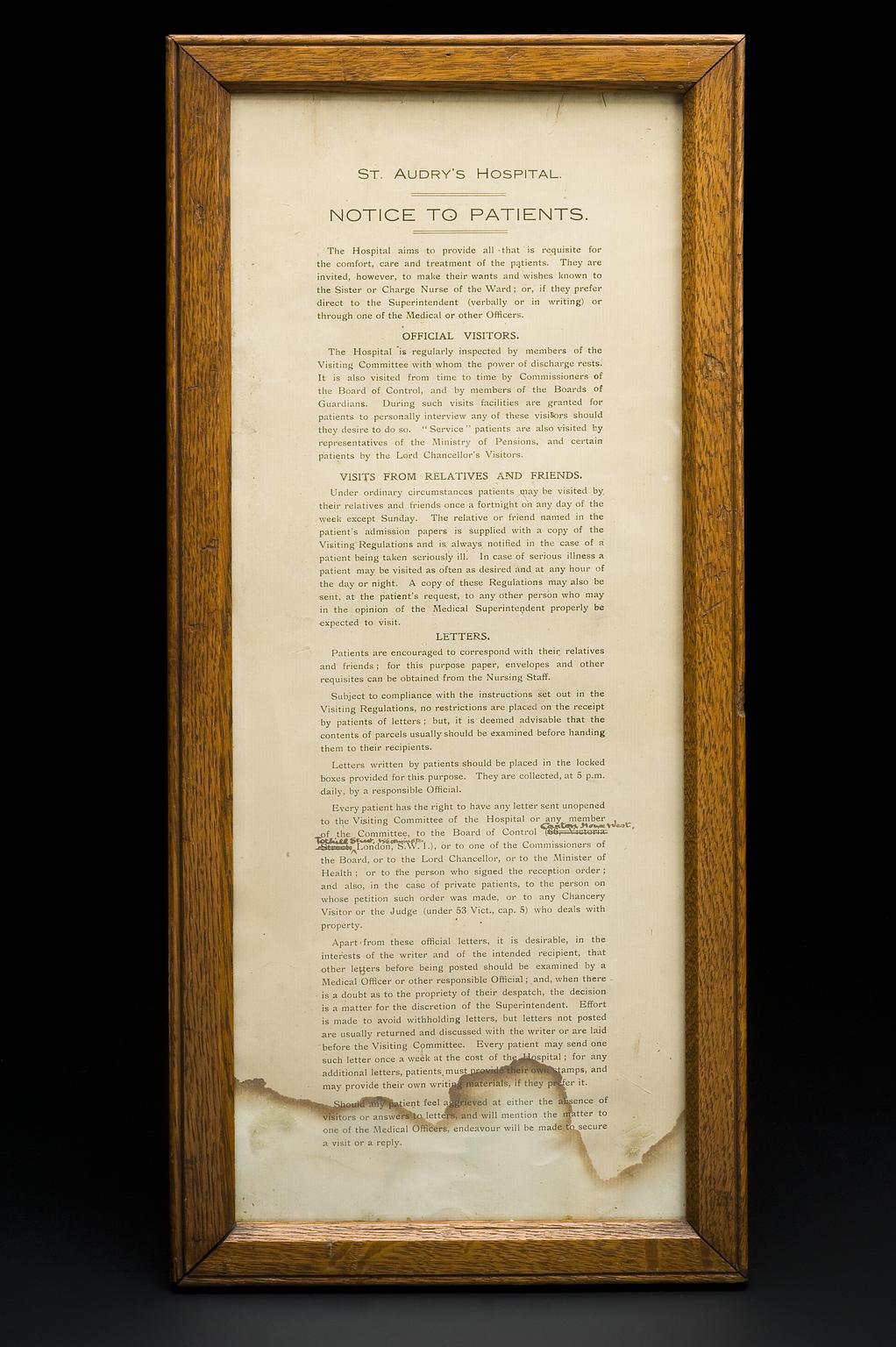
Hospital ward notice, England, 1914-1940
Ward notice giving details of rules for visitors and regulations for patients sending letters
Rules for hospital visitors and regulations for patients sending and receiving letters are detailed on this ward notice. It was displayed at St Audry’s Hospital in Suffolk. It states all patient parcels were checked, but not letters. Presumably this was to stop banned substances or objects such as knives entering the hospital. A patient’s relatives and friends were allowed to visit once a fortnight, but not on Sundays. However, in the case of serious illness they could visit any time of night or day. This notice symbolises the extensive rules and regulations that characterised much psychiatric care. It also indicates the growing contact between psychiatric patients and the wider world during the 20th century.
- Measurements:
-
overall: 470 mm x 205 mm .987kg
- Materials:
- frame, wood , glass , paper and instructions, paper
- Object Number:
- 1990-183/1
- type:
- notice










